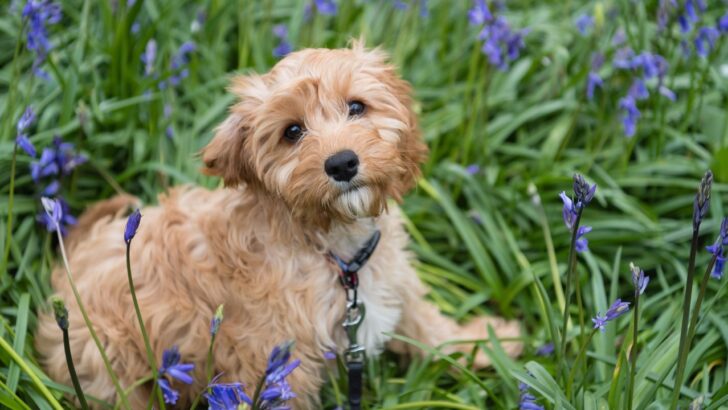Spring is in the air — quite literally, as the season is in full swing, and May flowers are upon us as per the age-old rhyme (April showers bring May flowers). We’re expecting a lot of plants to bloom in the coming weeks, and we want to marvel at them every chance we get outdoors. However, while many plants are stunning to look at, and we often can’t resist touching them and smelling their aroma, certain crops should be avoided, especially by our pets.
Dogs are widely known to stick their noses into anything and everything that gives off a scent, and their curiosity even leads to them eating said object. Many times, this behavior is harmless, but regarding certain plants, it can have dire consequences.
Sandra Abade, co-founder of lifetime warranty pet products Dog Friendly Co., recently revealed that seven plants, in particular, can be detrimental to dogs’ health, causing issues “ranging from stomach troubles and seizures to dangerous heart issues.” Below are the seven toxic plants she urges you to keep pets away from and what symptoms to look out for if your dog gets hold of them.
Azaleas and Rhododendrons
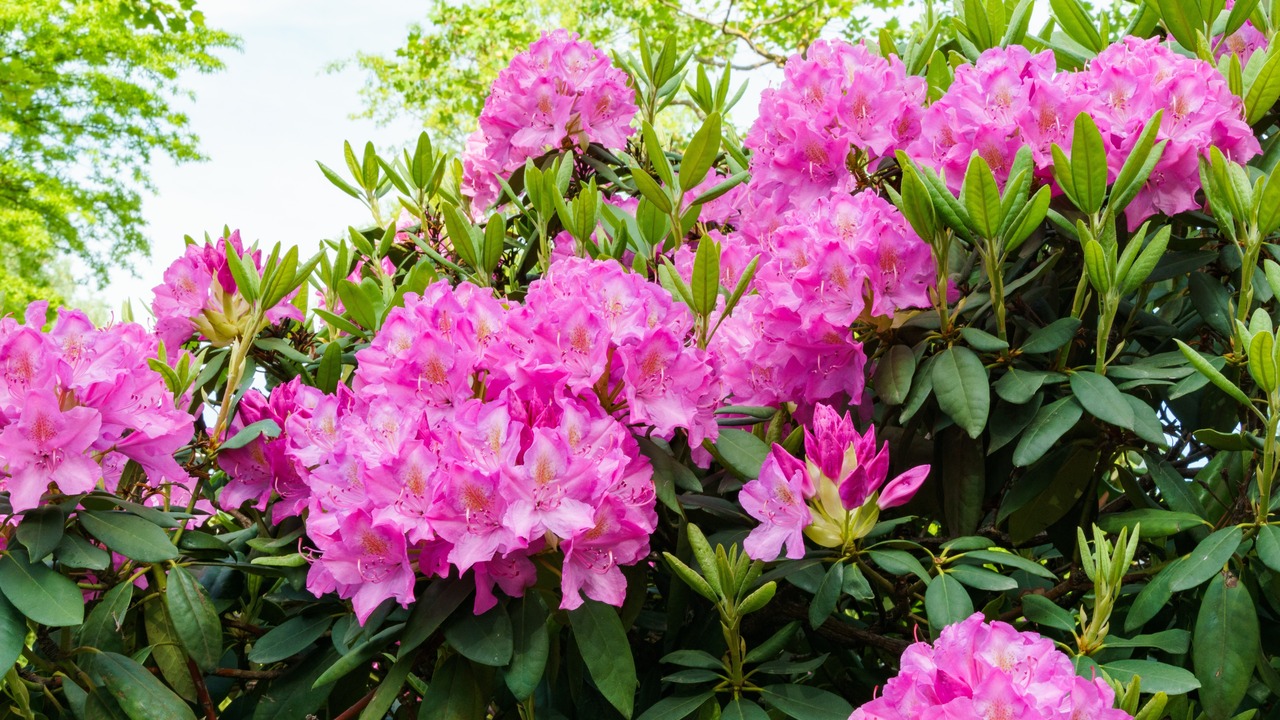
Image Credit: Shutterstock.
Some common spring garden plants are azaleas and rhododendrons, which are similar-looking shrubs (the former is a part of the rhododendron genus, as per Birds & Blooms). Their differences: Azaleas are typically smaller with pointed and narrow leaves, while rhododendrons are larger, flowery bushes with big evergreen leaves.
These are some of those plants, like we mentioned, your eyes would immediately gravitate toward due to their beauty, but Abade says to teach your furry friends to look and not touch. She cautioned that these plants could pose a significant threat to dogs, as ingesting just a few leaves can make a medium-sized dog ill.
“Both plants contain grayanotoxins, which can lead to vomiting and drooling. In more severe cases, they can drop your dog’s blood pressure to risky levels and may even trigger cardiac failure,” the expert warned.
Abade advised that if you spot your four-legged canine even chewing on the leaves and notice them experiencing gastrointestinal issues later, rush them to the vet. She also noted that if symptoms are left untreated, it can advance to a coma or death, so keep your eyes peeled for signs.
Tulips and Hyacinths
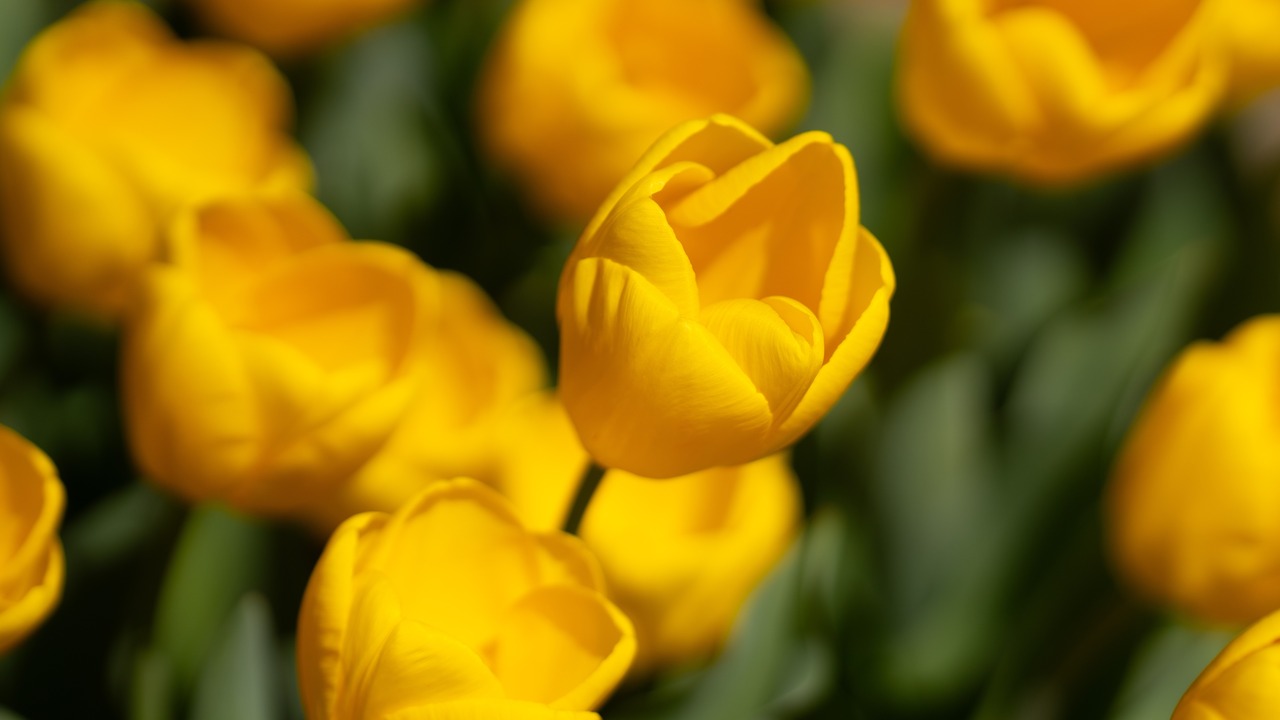
Image Credit: Shutterstock.
Other pretty yet dangerous plants for our beloved pets are tulips and hyacinths, which typically bloom around the same time and blossom into an array of colors. Despite this, they’re completely different plants that stand out from one another by their uniqueness, according to A-Z Animals. For one, tulips produce a couple of thick blue-green leaves at the bottom of the plant, while hyacinths grow between four and six leaves at the bulb of the flower.
They have vastly opposite uses, with tulips mainly being picked for bouquets or treating skin irritations, and hyacinths are found in perfumes due to their marvelous scent. Nevertheless, don’t be fooled by their appearance, as these plants are harmful to pets when consumed.
Abade pointed out that tulips and hyacinths contain glycosides, causing excessive drooling, vomiting, and diarrhea in dogs. In more serious instances, they can affect breathing and heart function as well.
“The highest toxin concentration is in the bulbs, although all parts of these plants have some level of toxins,” Abade explained. “If you have a curious pup (especially a smaller one), it’s best to keep them away from these springtime favorites.”
Lily of the Valley and Foxglove
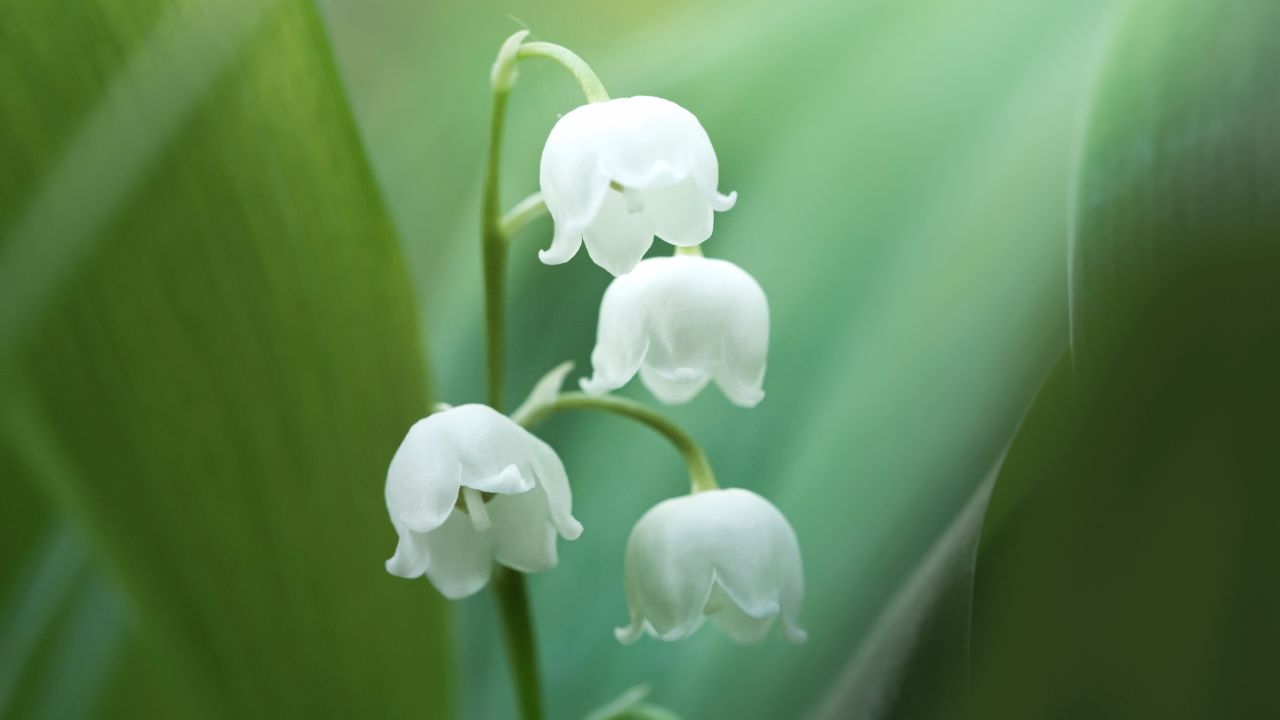
Image Credit: Shutterstock.
Among Abade’s list of hazardous plants that should be on your radar are Lily of the Valley (Convallaria majalis) and Foxglove (digitalis). Both of these are known to be poisonous plants even for humans, causing “immense discomfort, pain, and possible death,” according to Hub Pages. Just touching or smelling these plants can put your health at risk, so your pet would certainly not fare well.
In fact, Abade said Lily of the Valley and Foxglove are the most unsafe for dogs, specifically due to their effects on cardiac function. She further noted that these plants contain cardiac glycosides, which increase the force of your dog’s heart contractions and can cause alarming heart rhythm problems.
Abade added that other troubling symptoms include vomiting, diarrhea, and possibly seizures. A 2008 study from the University of Missouri’s College of Veterinary Medicine confirms that the Lily of the Valley harbors 38 different cardiac glycosides, making it one of the most potent cardiotoxic plants.
“All parts of these plants carry the toxins, with higher concentrations in the seeds and leaves,” Abade explained. “Unfortunately, even a tiny nibble — as little as a single flower or a few leaves — could have serious effects on your dog’s heart, especially if they already have a heart condition.”
Daffodils
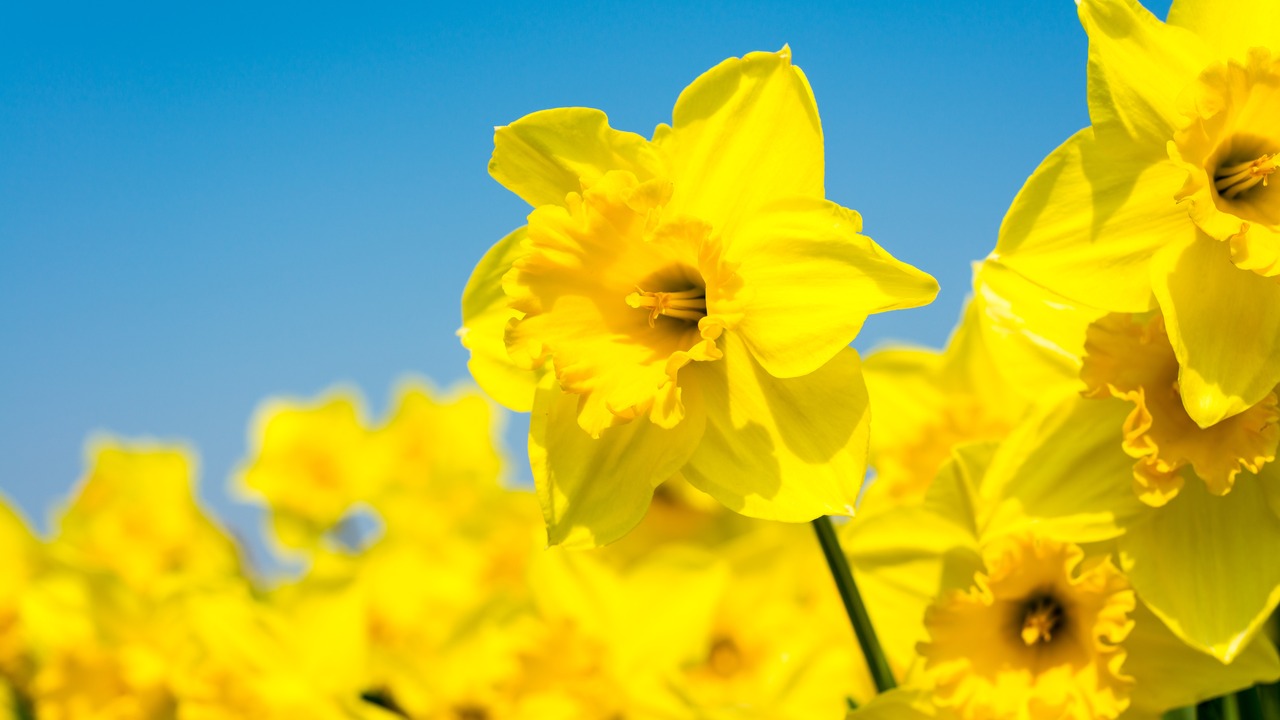
Image Credit: Shutterstock.
You wouldn’t think that daffodils pose any relevant threat based on their springy-flowery looks (and that they are a symbol of hope in many countries for those suffering from cancer, via Cancer Society), but they are lethal for dogs, according to Abade. This is because they contain lycorine, a chemical compound that can cause vomiting and abdominal pain. In more severe cases, consuming daffodils could lead to tremors and irregular heartbeats.
Although the highest concentration lives in the bulb, Abade alerted that ingesting any amount of the plant could be problematic for your pet. She recommends keeping watch for these yellow flowers when walking your dog or venturing into parks where your pet might be off the leash.
“The American Society for the Prevention of Cruelty to Animals (ASPCA) provides a comprehensive list of poisonous and non-poisonous plants for dogs and cats,” said Abade. “When planning your garden or outdoor activities this spring, make sure to check which species are safe to have around so you don’t put your four-legged friend at risk.”
However, if your pet does eat any of the above plants, or if you suspect that happened, Abade suggests you contact your vet immediately or take them to a 24-hour animal hospital.

